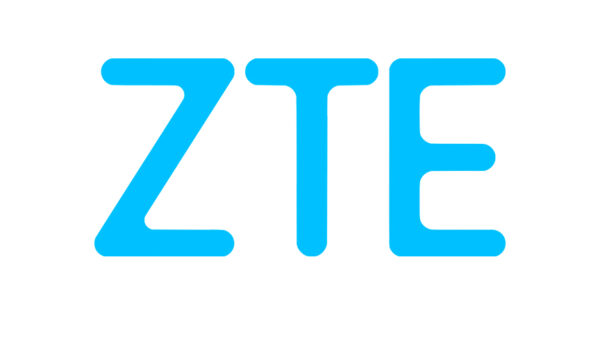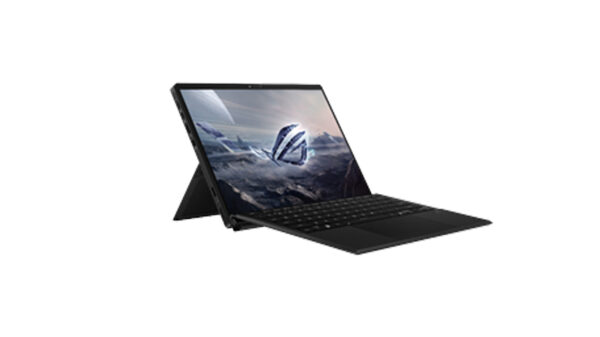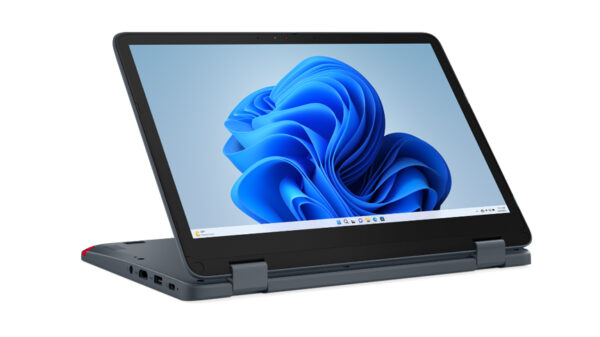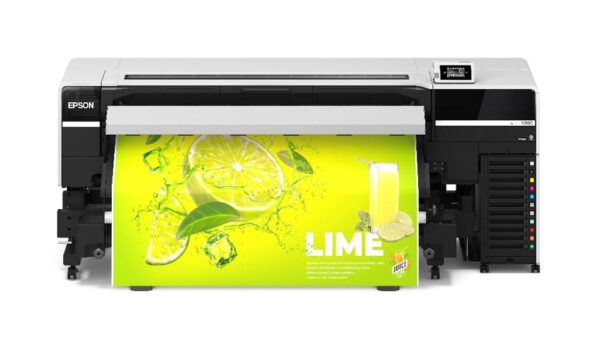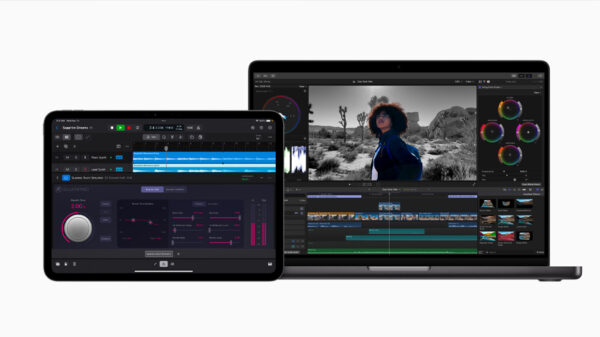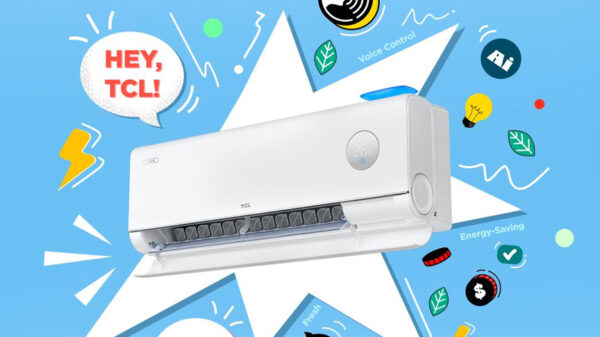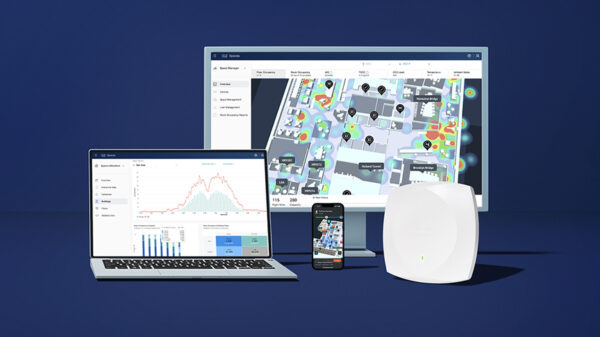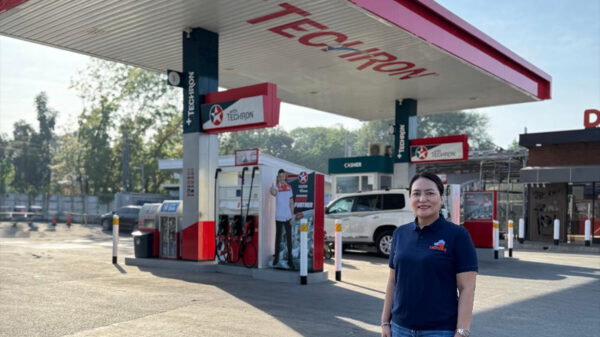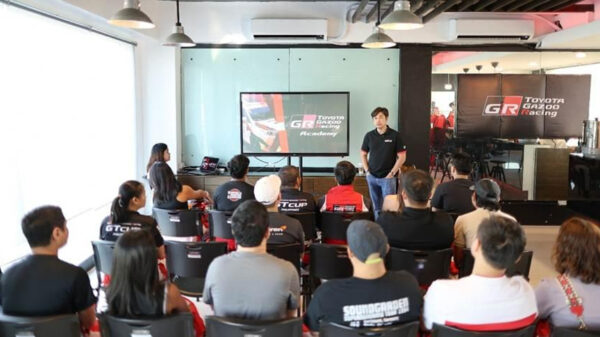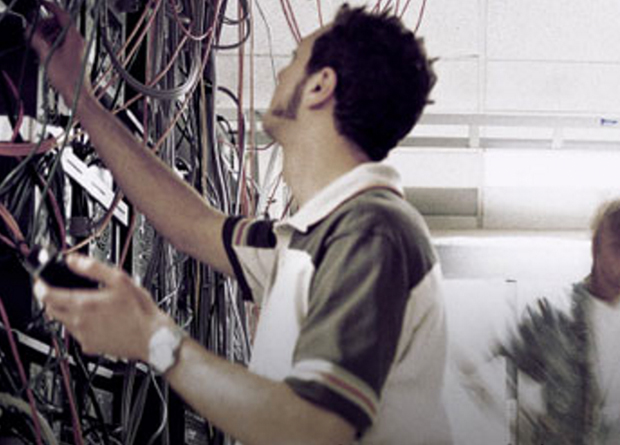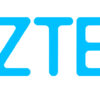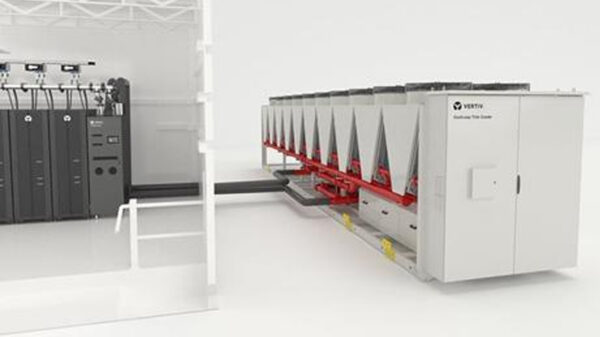F5 Networks announced the results of its 2017 State of Application Delivery report. The global customer survey shows accelerating cloud adoption is creating increased demand for security application services including WAF, DNSSEC, and DDoS protection.
As an increase in application services often requires additional resources, respondents also indicated a shift toward DevOps methodologies to gain operational efficiencies through automation and programmability. This need for scalability replaces speed to market as the prime driver of DevOps adoption.
“Applications are becoming central to Asia Pacific’s business strategies as the on-demand economy increasingly calls for speed and efficiency,” said Emmanuel Bonnassie, SVP, Asia Pacific, F5 Networks. “More than ever, the 2017 State of Application Delivery study shows that a new dynamic has emerged as this shift towards faster, smarter and safer customer experiences means that businesses are increasingly relying on a mobile and application centric IT for a tech savvy workforce.”
In its third year, the State of Application Delivery report examines the vital role application services play, enabling enterprises to deploy applications faster, smarter, and safer. Over 2,000 IT, networking, application, and security pros from around the world weighed in on application delivery topics ranging from cloud adoption, to rising security challenges, to DevOps, SDN, and the future of enterprise application services.
Survey responses came from around the globe, spanning industries like government, financial services, technology, and education. Respondents’ roles ranged from infrastructure, IT security, application development, and DevOps to the executive suite.
Key takeaways include:
- Security is the number-one priority, and the increasing sophistication of attacks is the top challenge: Security teams are expanding beyond traditional firewalls and the legacy enterprise perimeter as a response to hackers increasingly targeting the application. Globally, the top security services being planned for deployment are DDoS mitigation (21 percent), DNSSEC protection (25 percent), and Web Application Firewall services (20 percent). According to the survey, companies –including those identifying as cloud-first organizations–that are most confident in their ability to withstand an application-level attack have a WAF installed.
- 2017 will usher in an era of cloud expertise: It’s a multi-cloud world today, with four out of five respondents adopting hybrid cloud, and nearly one-third (32 percent) of respondents stating they will purchase public cloud IaaS solutions this year, up dramatically from 25 percent in 2016. Furthermore, the more apps a company has deployed, the greater motivation to reap the operational benefits of the cloud, with respondents running the largest number of applications (3,000+) reporting the highest percentage of apps in the cloud.
- The number of deployed app services continues to rise. On average, organizations report that they have 14 app services deployed today (up from an average of 11 app services in 2016) — and they plan to deploy an average of 17 in the next 12 months.
- Operational scale and programmability rise to the top for DevOps. With the increases in app services and the continued expansion of cloud, organizations are turning to automation and orchestration to scale operations across environments. As a result, over half of respondents now view API-enabled infrastructures and templates as important, up from 31 percent and 22 percent last year, respectively. Scalability and OpEx reduction remain the top two drivers for use of SDN frameworks, and companies are increasingly showing a tendency toward standardization, with 39 percent relying on only one framework in 2017, compared to 32 percent in 2016.



